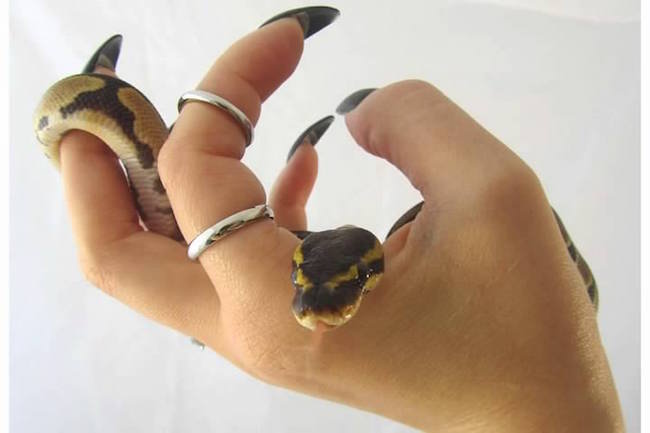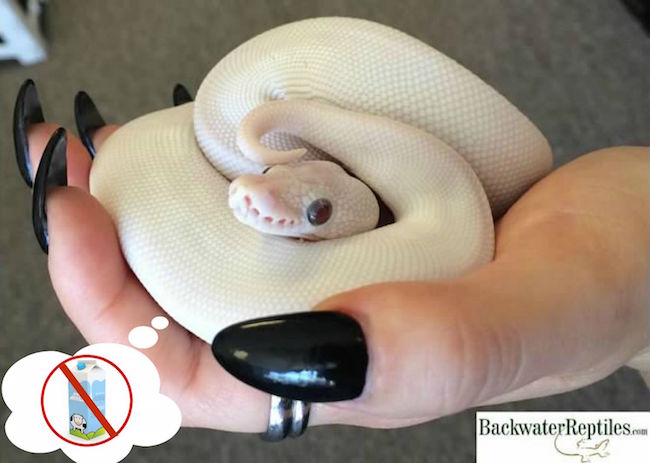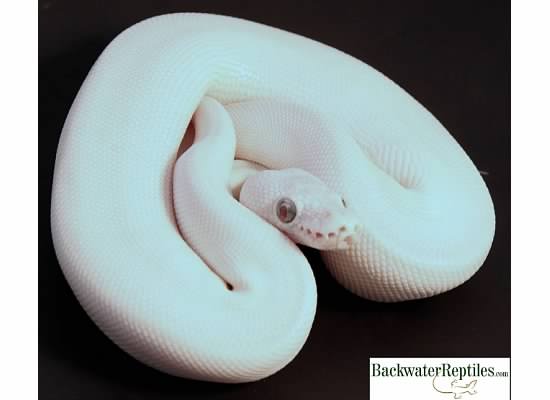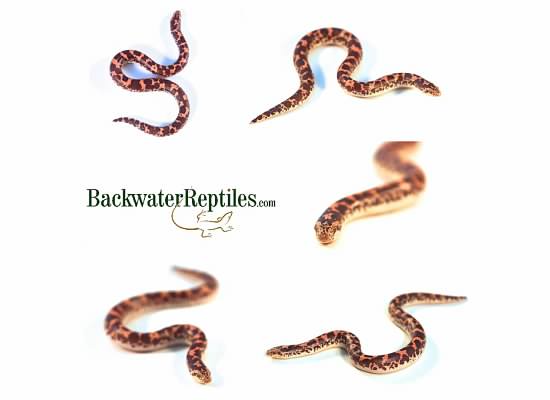Ever wondered about snake myths–what’s true, what’s not? We know that reptiles, amphibians, and invertebrates are not animals that all people would see as suitable pets for many reasons. Maybe these animals are perceived as too dangerous, too tricky to care for, or even just downright scary to some people.
In this blog article, we’ll lay out the top five most common snake myths we’ve heard and simply debunk them.
Myth #5 – Snakes are slimy
We hear this one a lot, mostly from people who have never handled a snake in real life or have never known anyone who has owned or handled a snake.

The truth is, snakes have rather dry skin ranging from rough and semi-serrated in texture like a rattlesnake’s skin or smooth and iridescent like a python or boa. Their skin is definitely NOT slimy.
Myth #4 – A large constrictor snake will gladly eat your infant or small dog
While there have been tales of infants being snatched from cradles or small dogs going missing in wild Floridian neighborhoods, overall the idea that snakes want to seek out and eat our small loved ones (and pets) is just bogus.

While it is true that certain species of snakes grow large enough to easily consume a baby or chihuahua, if you keep a snake that large in your home, odds are it’s being fed well. Most people keeping snakes that large have plenty of experience with them and know how to handle and maintain them. These animals are offered food regularly and therefore have no reason to escape from their enclosure to terrorize and consume small mammals or people.
Myth #3 – Snakes drink milk
This is a myth that’s been popularized due to images and videos seen from the Indian festival of Nag Panchami where snakes and images of snakes are worshipped.
Snakes are not mammals and therefore have never possessed the ability to digest milk, even at infancy. The reason snakes, often cobras, are seen drinking milk at Nag Panchami is because they are stressed and dehydrated for 30 to 45 days prior to the festival. Wouldn’t you drink milk too if you were that thirsty?

Another reason this myth might’ve come into existence is because snakes are often times found in barns where cows live. Naturally, people assumed that the snakes were hanging out in the barns to be near where the food/milk was. This is partially true. While snakes are attracted to food in the barn, the food for them is not the milk – it’s the mice, rats, and other small mammals that might take refuge inside the barn. The cows are of no interest to them.
Myth #2 – Snakes can hypnotize
We think the origin of this myth probably has a lot to do with Rudyard Kipling’s The Jungle Book and its various iterations. In the novel, the snake Kaa can hypnotize his prey into his waiting jaws and this is especially highlighted in the animated Walt Disney adaptation where Kaa’s eyes go all spirally and he tries to eat Mowgli. But remember – it is just a story and that Disney movie is just a cartoon. :)

Snakes also don’t possess eyelids and certain species will sway gently, so it’s easy to see how this behavior could be interpreted as hypnosis. However, just because an animal can’t blink doesn’t mean its trying to coerce you into being eaten.
Myth #1 – Snakes are scary
This is the only myth that is actually somewhat open to interpretation. While we try to show people the good side of snakes and what cool and interesting creatures they are, some people just have snake phobias, which are, by definition, irrational fears.

While it is very true that snakes should be respected as predators in the wild, most kept in captivity are no threat to people. Most people are far too big for even an anaconda to eat. And most snakes that are kept as pets are not venomous and don’t even have large fangs to bite with.
By no means are we saying that there aren’t dangerous species of snakes out there, particularly in the wild. But the ones that are commonly kept as pets aren’t out to get you – they won’t chase you or seek you out in your sleep or try to hypnotize you into feeding yourself to them. They’re happy to eat their mice/rats, bask in their heat lamps, be taken out of their cage from time to time, and take refuge in their hidey holes when they don’t feel like being social.
What did you think of the snake myths we debunked? What snake myths have you heard that we didn’t address?

